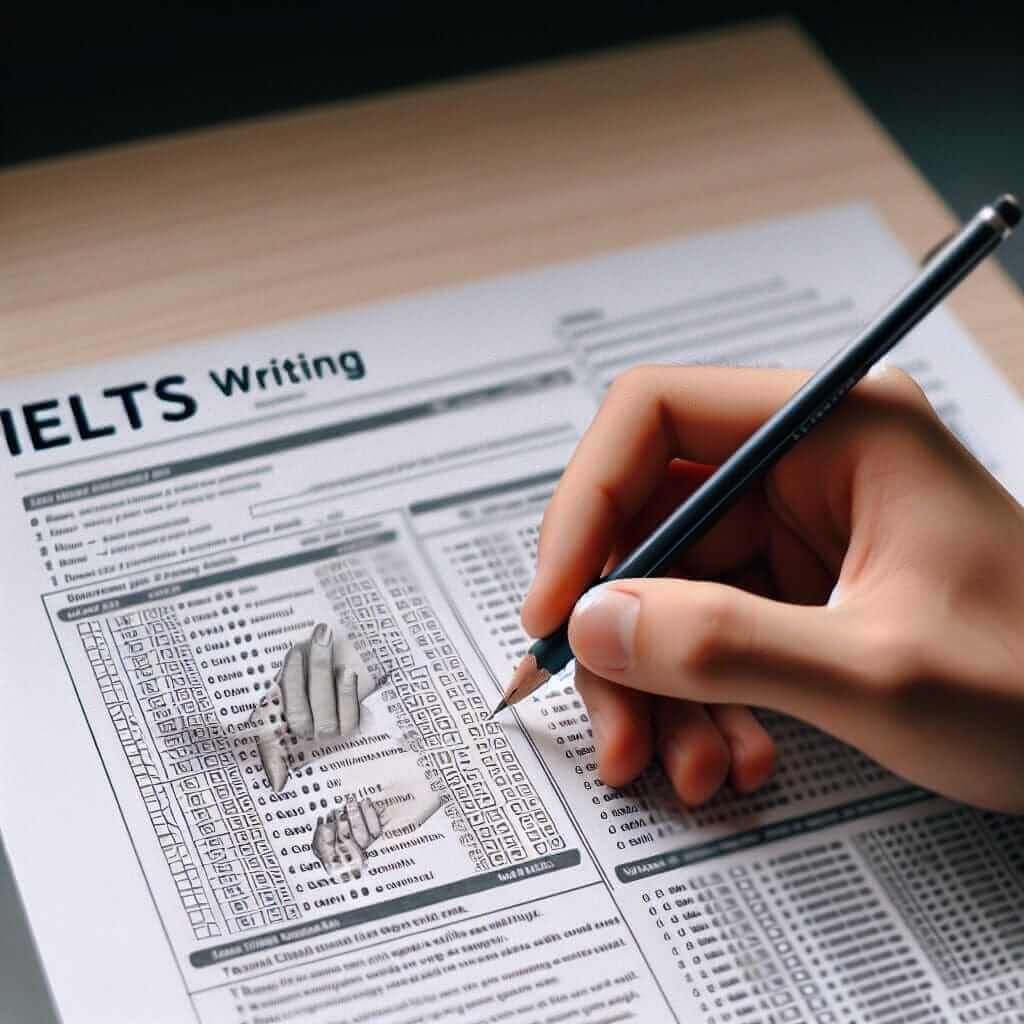As an IELTS instructor with over 20 years of experience, I often encounter students who wonder about the appropriate way to express years in their IELTS Writing tasks. It’s a common concern, and understanding the nuances can significantly impact your writing score. Let’s delve into whether using formats like “2000-2011” is acceptable and explore the most effective ways to present time periods in your IELTS essays.
Understanding Formal Writing Conventions
While “2000-2011” is perfectly acceptable in informal writing and note-taking, IELTS Writing tasks require a more formal approach. Using a hyphen to denote a range of years can be perceived as informal and even slightly lazy in academic writing.
Recommended Alternatives for Expressing Year Ranges
So, how should you express year ranges in your IELTS essays? Here are some formally accepted options:
1. “From [Year] to [Year]”
This is a clear and unambiguous way to present a time period.
Example: The study analyzed population growth from 1990 to 2010.
2. “Between [Year] and [Year]”
Similar to the previous option, this construction is equally acceptable.
Example: Significant technological advancements occurred between 1980 and 2000.
3. “[Starting Year]-[Ending Year]”
This format is suitable when referring to a decade or a specific, well-defined period.
Example: The 1990-2000 period witnessed a surge in internet usage.
 IELTS Writing Example
IELTS Writing Example
Practical Examples from IELTS Writing
Let’s examine how these alternatives function within the context of IELTS Writing prompts:
Prompt: Some people believe that the government should invest more in public transportation, while others think that private vehicles are the solution to traffic congestion. Discuss both views and give your opinion.
Possible Usage: While private car ownership surged from the 1960s to the 1990s, this trend has contributed significantly to urban congestion.
Tips for Success
- Consistency: Choose one style for expressing year ranges and use it consistently throughout your essay.
- Clarity: Your primary goal is clear communication. Ensure your use of years enhances, rather than hinders, the reader’s understanding.
- Context: The best choice may vary depending on the specific context of your sentence. Read your sentences aloud to ensure they flow naturally.
Conclusion
Mastering the art of presenting years effectively is a small but significant step towards achieving a higher score in your IELTS Writing tasks. By adhering to formal conventions and prioritizing clarity, you can present your ideas in a polished and academic manner, making a positive impression on the examiner. Good luck with your IELTS preparation!


